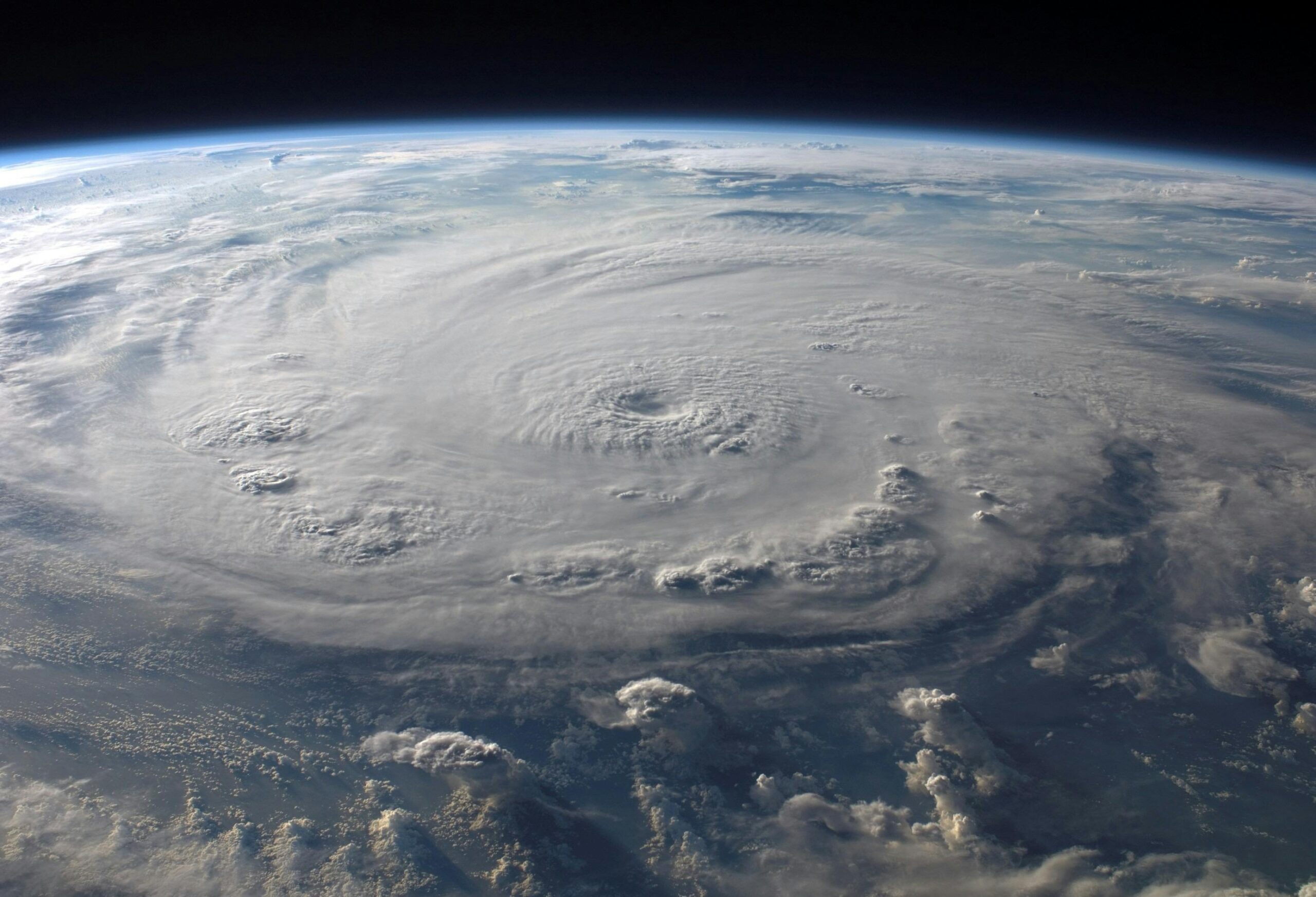A Soviet spacecraft named Kosmos 482, originally launched in 1972 with the goal of reaching Venus, is expected to reenter Earth’s atmosphere this weekend after spending over 50 years in low Earth orbit.
Due to an engine malfunction shortly after launch, the spacecraft failed to leave Earth’s orbit and has remained circling the planet ever since. It is now in the final stage of its descent, and predictions suggest it is more likely to fall into a body of water, although a land impact remains a small possibility.
The lander module, weighing around 1,000 pounds (approximately 500 kg) and measuring about one meter in diameter, was engineered to withstand the harsh environment of Venus. Because of its heat shield, some specialists believe it may reenter Earth’s atmosphere largely intact.
Kosmos 482 was equipped with various scientific instruments, including temperature and pressure sensors, radio transmitters, and a gamma-ray spectrometer. Shortly after the failed launch, pieces of the spacecraft reportedly separated, with some fragments possibly falling in New Zealand.
The projected reentry zone spans a wide area of the globe, from parts of Canada and Russia down to the southern tip of South America. If the lander survives reentry, it could strike the ground at an estimated speed of about 150 miles per hour (240 km/h).



